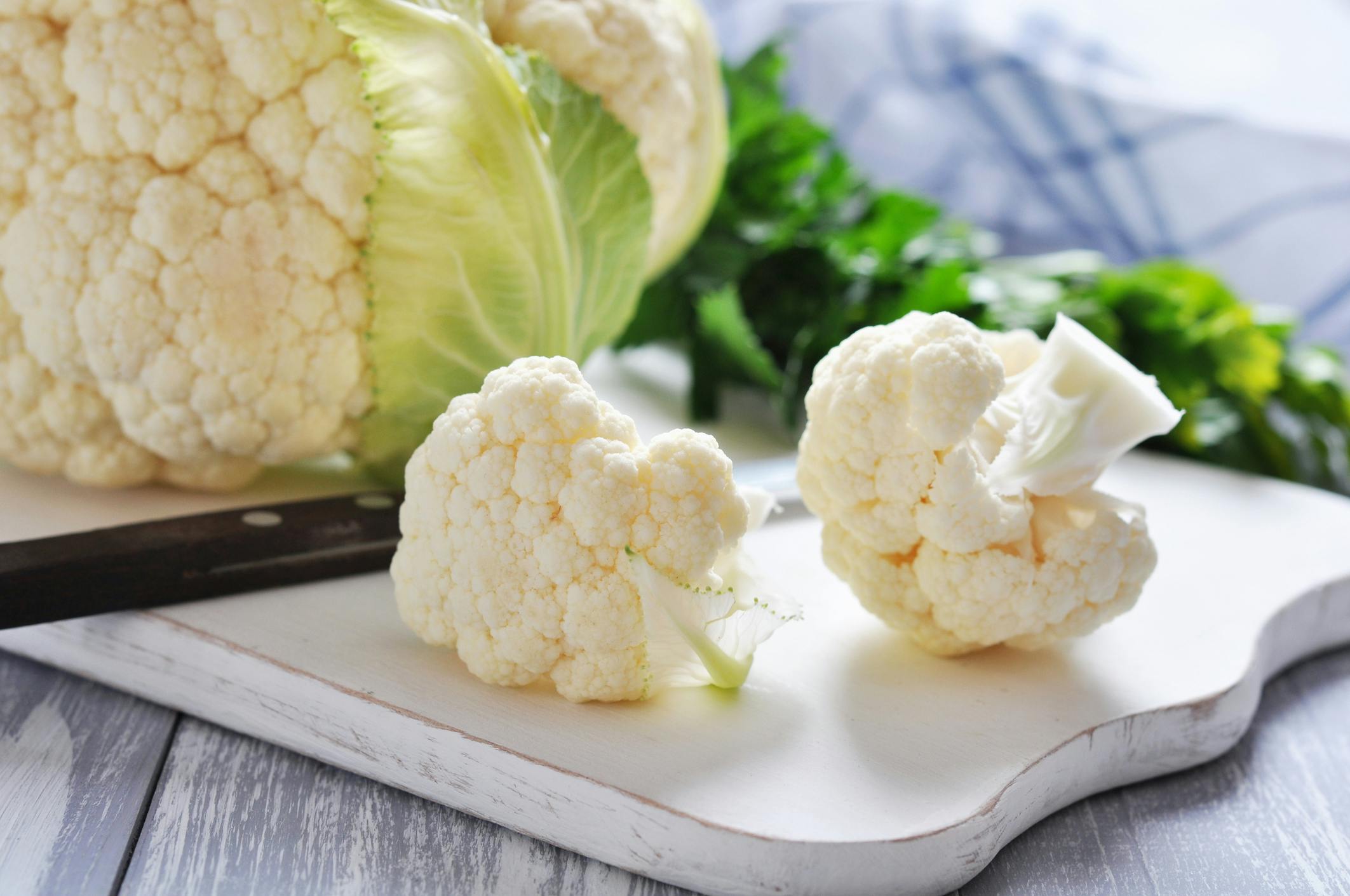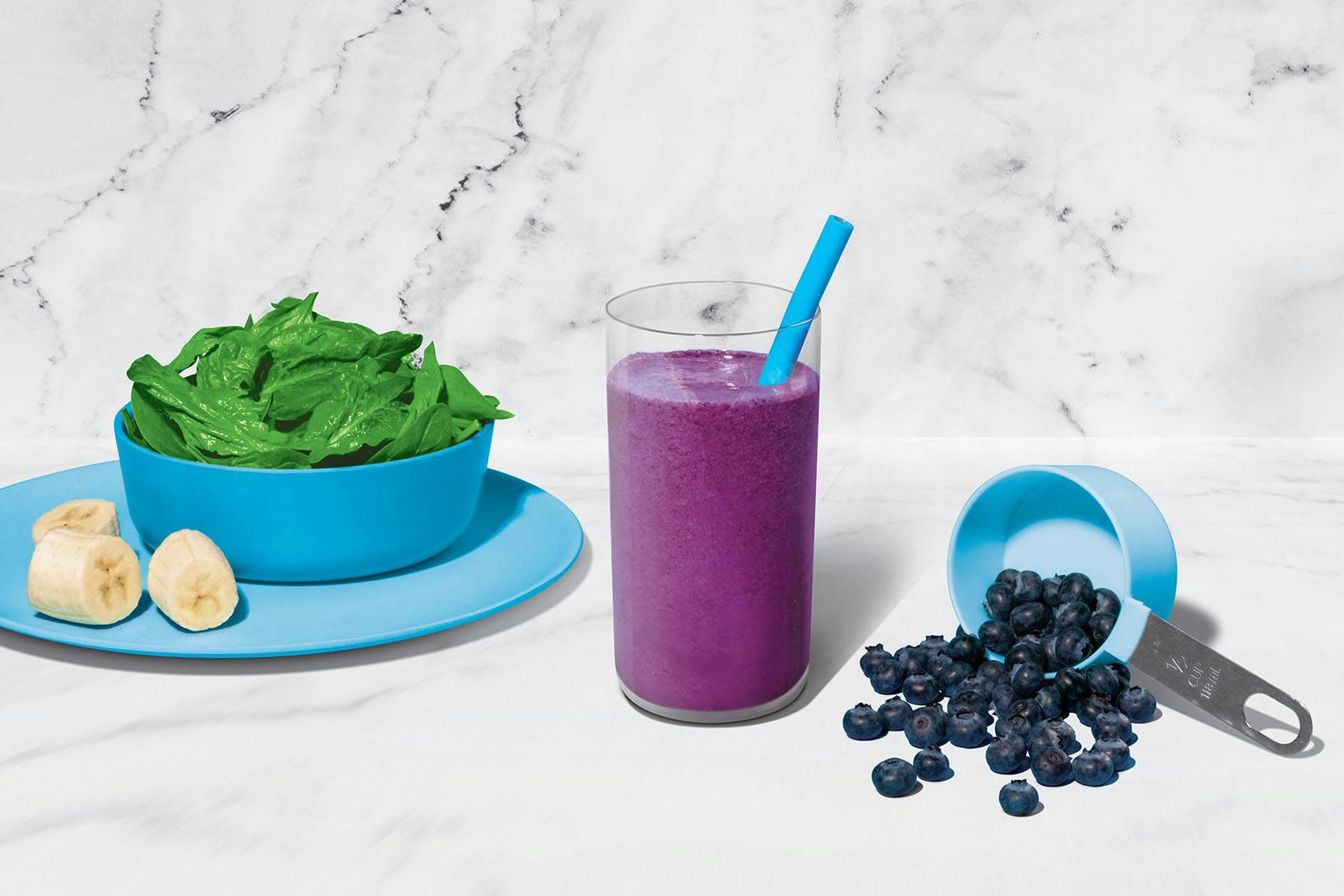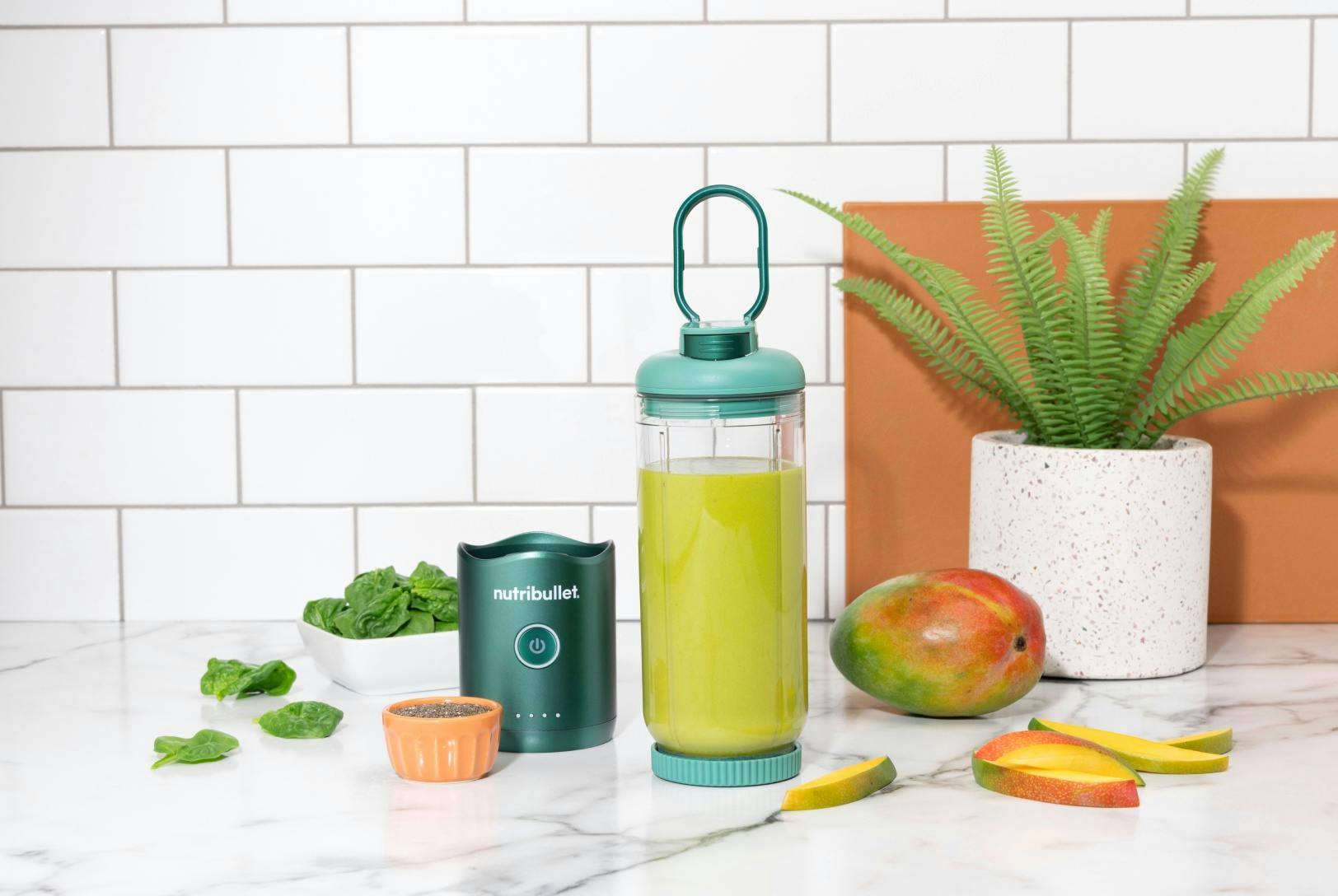FREE shipping on US orders over $45!
Your cart is empty!
FREE 1-year warranty on all blenders and juicers
More to Consider







Taxes and discounts calculated at checkout.

nutribullet
November 14, 2017
nutribullet
Nutrition made easy. At nutribullet, we believe that good nutrition has the power to transform lives. Our products, from our blenders to our blends, make nutrition fun and hassle-free for any lifestyle. So, if you're looking for a simple way to be healthy, we've got you covered.
In the past few years, cauliflower went from being a “boring” vegetable to one of the hottest pieces of produce on the market. Nearly every grocery store sells cauliflower rice and some restaurants serve cauliflower steak as a vegetarian option. The internet is inundated with recipes for everything from cauliflower rice to cauliflower stir-fries, casseroles, soups, and smoothies.
Cauliflower rice is made by taking a head of cauliflower, chopping it into small pieces and pulsing the vegetable in a food processor. Shredding cauliflower takes seconds and clean-up is a breeze. Once the cauliflower has been shredded into tiny pieces, it can cook in approximately three minutes.
Calorically speaking, cauliflower has about 25 calories in one cooked cup, whereas a cup of white rice has around 206 calories. One cup of cauliflower rice also has 5 grams of carbohydrates, while a cup of white rice has around 43 grams of carbohydrates. This is a major difference for those who are trying to cut back on their carb intake but still want to enjoy consuming something with a similar mouth-feel to actual rice. On top of that, cauliflower also has 3 grams of fiber per cup and is loaded with vitamins C, K, B6, and folate.
Cauliflower is also highly anti-inflammatory, which is a buzzword in the nutrition world that’s here to stay. Inflammation and its symptoms can get out of hand, especially for those who consume a lot of junk foods. Non-junk foods, such as cauliflower, contain anti-inflammatory nutrients to keep inflammation at bay. One of these nutrients is indole-3-carbinol, or I3C, which the National Institute of Health reviewed as a possible cancer preventative agent used to treat tumors. Cauliflower is also a great source of choline, which is a B vitamin known for its role in brain development. Other studies also support choline’s ability to potentially diminish age-related memory decline.
Is cauliflower sounding too good to be true? Let’s explore the possible downsides of this fiber-packed veggie. One of the biggest issues is gastrointestinal distress – in other words, gas and bloating. They’re not as serious as a chronic health problem, but they’re still uncomfortable, especially in social situations. Cauliflower is a cruciferous vegetable, like broccoli and Brussel sprouts, which is high in fiber. When eaten raw, this vegetable might not break down easily during digestion for everyone. If you find yourself consuming large amounts of cruciferous vegetables, cook them first so they are easier to digest. Either that or consume smaller amounts!
In general, you should not experience any of these issues if you create BALANCE in your daily diet and have a VARIETY of different fruits and vegetables. No diet should ever be focused on one single source of food.

Is there such a thing as a perfect smoothie? This sweet medley certainly makes a strong case. With a classic combination of blueberries, banana, and spinach, this superstar smoothie provides a powerful nutrient boost!

Consider this blend the little black dress of nutribullet smoothies: it never goes out of style. To help keep your energy stable throughout the day, aim to balance your meals and snacks with high-quality protein, healthy fats, and fiber-filled carbs – like this combo of Greek yogurt, peanut butter, fruit, and veggies. There’s a reason this one is always on-trend.

Start your day on a high note with this nutritiously cheerful blend of greens, mango, banana, and chia seeds.